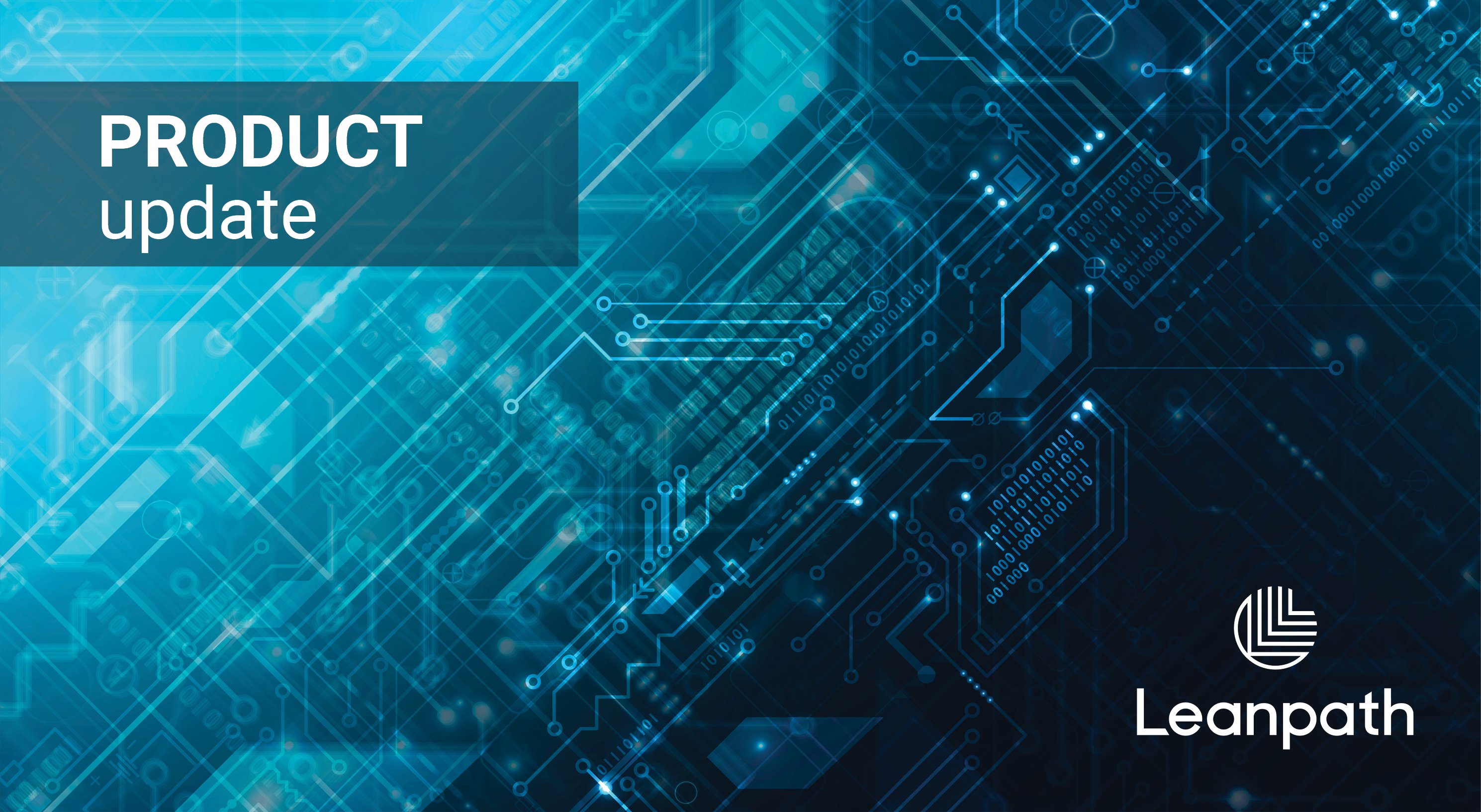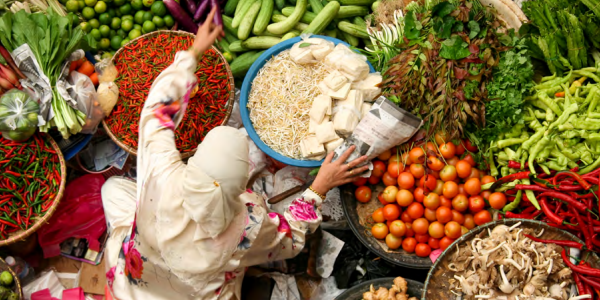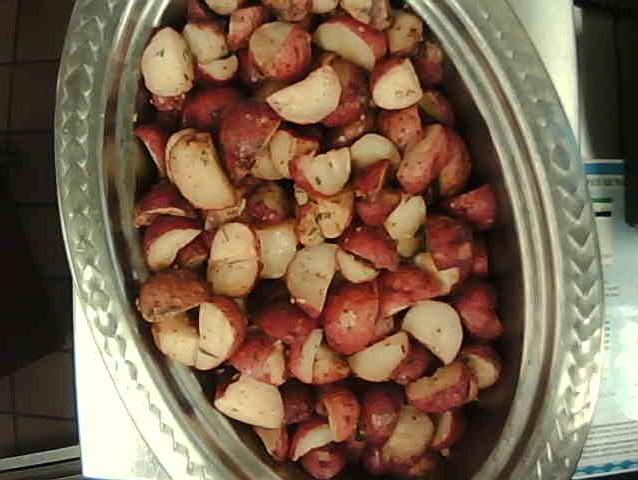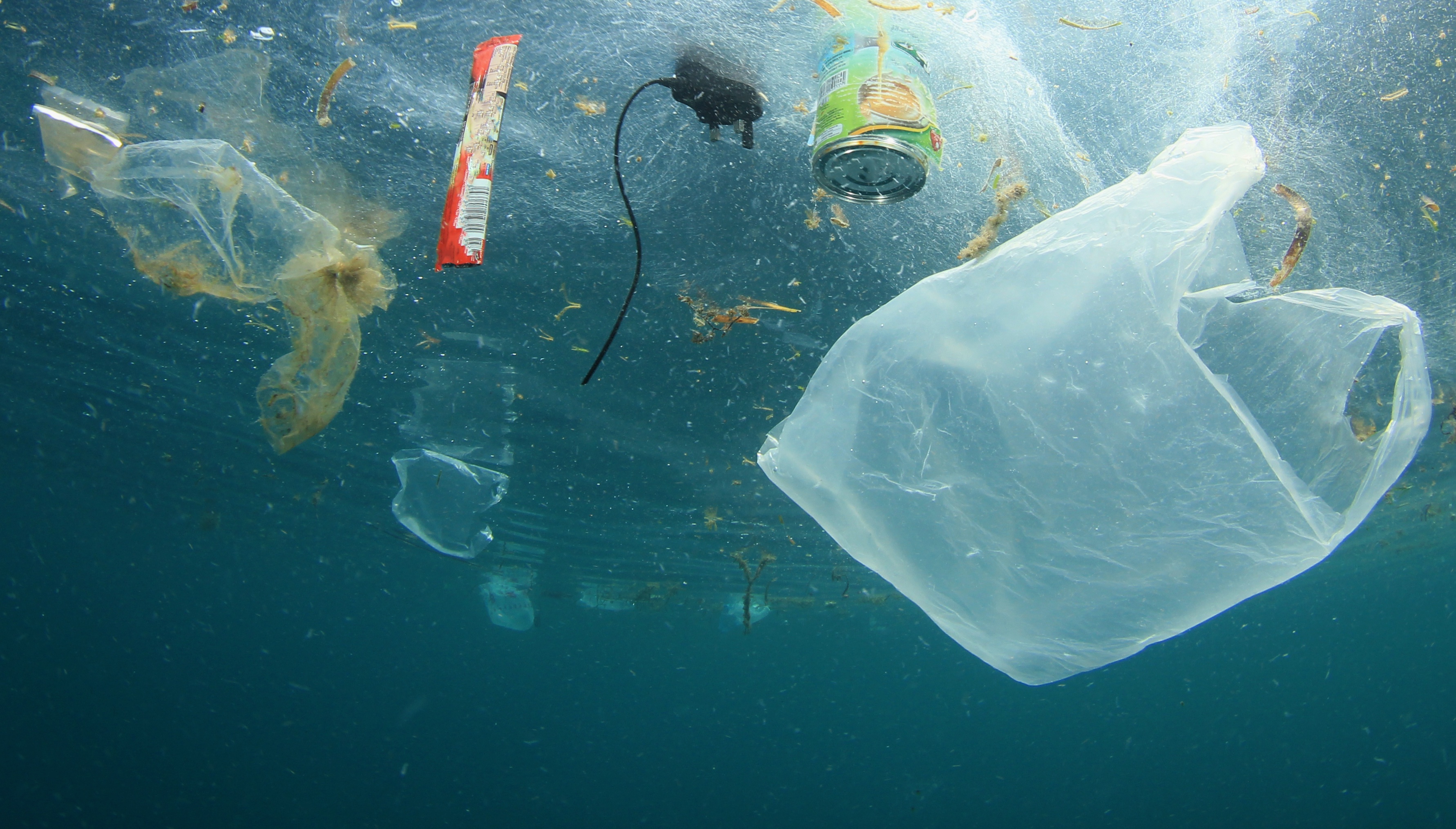Food Waste Intelligence

Leanpath is excited to announce a new partnership with menu management system provider CBORD. The system integration will allow commercial operators to migrate menus and food prices directly from CBORD to Leanpath.
Read More >>Topics:
Latest News
Leanpath is integrating the AI engine behind ChatGPT into its suite of prevention tools as a beta test starting today. Its new AI coach assistant will offer users tips on preventing their specific food waste. Leanpath will be testing the effectiveness of the new technology to help speed food waste prevention efforts.
Read More >>Topics:
Latest News
How do we feed a growing population without destroying the planet? A comprehensive new report attempts to answer that question and in doing so draws a clear connection between feeding the globe a healthy diet and the imperative to reduce food waste.
Read More >>
This is a recurring feature where Leanpath Executive Chef Robb White examines real food waste images from Leanpath 360s and shares insights based on what he sees.
Read More >>
Food waste has received substantial global attention in the last 4-5 years, as well it should. Along with food waste, plastic waste is now the subject of enormous global focus – and deservedly so. As with food waste, the scale of plastic waste – and its environmental impact – is truly alarming. These twin challenges are linked: A great deal of plastic waste is related to food, and much of it ends up in landfills, rivers, and the oceans.
Read More >>